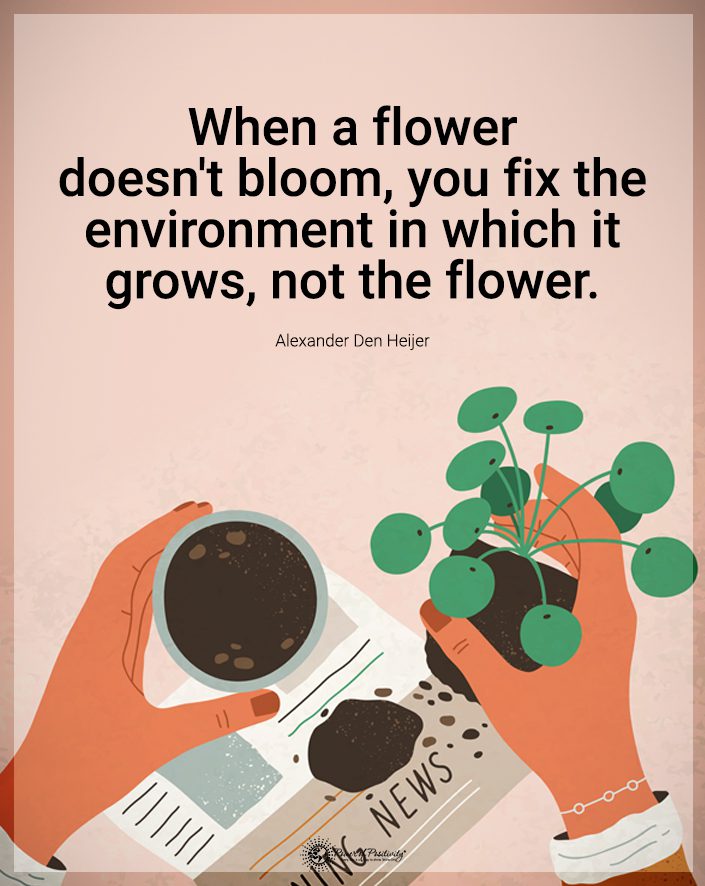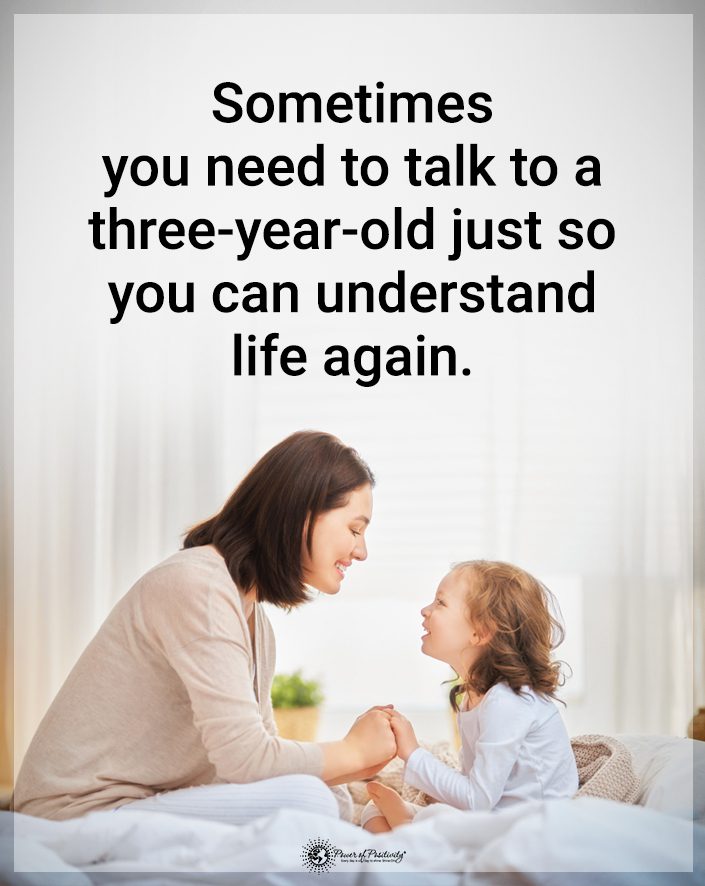Children are born with vibrant imaginations, which is why art serves as a means of bringing their ideas to life. Artistic activities allow children to play while experimenting with different colors, shapes, and objects. In addition to these, art therapy for kids can also be a way to improve emotional wellness.
This article will teach you about art therapy activities that help children recognize and handle their emotions.
The Importance of Emotional Wellness in Children
Emotional wellness is the state of maintaining a healthy balance of emotions. It involves being aware, understanding, and effectively managing your emotions to achieve solid emotional health. An emotionally healthy child can navigate life’s challenges, do well in school, and form meaningful connections.
Emotional wellness and academic performance
A child’s emotional state can considerably impact their performance in school. Imagine a child who is dealing with unresolved anger issues. If they cannot cope properly, they might struggle to focus in class or find working with their teachers and peers challenging. It can negatively affect their grades.
A 2010 study involving 325 five-year-old kids investigated how a child’s ability to manage their emotions (emotional regulation) affects how well they do in school when they start kindergarten. The researchers found that teachers reported kids who were better at managing their emotions to do well in school. It was also reflected in their actual scores for literacy and math tests.

Emotional wellness and relationships
The ability to handle emotions is also essential in a child’s relationships with other people. For example, a child who has strong emotional regulation skills can express their feelings and needs effectively. This can help them become better communicators, essential to building and maintaining relationships.
A 2023 research article explored how well kids aged 4 to 6 can manage their emotions and how this relates to their relationships with other children. The study found that kids who had good emotional regulation skills had better relationships with their peers.
The researchers suggested that kids who regulate their emotions are calmer and look for pro-social solutions in response to conflicts. Additionally, they don’t hurt other kids. These qualities made them more liked by others.
Emotional wellness and recognizing what you can control
Kids who can let go of things beyond their control and focus on things they can control can better manage their emotions.
For example, a child who received harsh criticism from others can recognize that they cannot control other people’s tone or delivery of the criticism. Because of this, they can choose not to dwell on the harsh tone and focus on responding calmly.
Kids can manage emotions by using the Circle of Control. The Circle of Control allows them to visualize and categorize life aspects into things they can control, influence, or cannot control. It is divided into three circles:
- Circle of Control: The innermost circle represents the areas of life you have direct control over, such as your thoughts, attitudes, and behaviors.
- Circle of Influence: The middle circle comprises aspects of life that you may not have direct control over but can influence to some extent. Some examples are other’s opinions and actions, school friendships, and family relationships.
- Circle of Concern: This outer circle includes things you might worry about beyond your control. These include the weather, natural events, or other people’s health.
Teaching kids about the Circle of Control can help them manage their emotions effectively. It lets them recognize that it’s okay to feel different emotions and that they have control over how to cope with these feelings. It also teaches them acceptance so they can let go of unnecessary worry.
The Benefits of Art Therapy for Children
Art therapy is a therapeutic approach utilizing creative processes and artistic expression. It can help kids explore and understand their emotions, thoughts, and experiences. Additionally, it can support children who are experiencing emotional difficulties.
Many therapists might use art in helping children, but there are also art therapists who are specially trained in the approach.
Art therapists can help children learn and understand the feelings that they might struggle to express in words. This therapeutic approach is used in children who experience anxiety, depression, post-traumatic stress disorder (PTSD), eating disorders, and low self-esteem.
You can also implement art therapy techniques at home or school to help kids understand their emotions and connect with them deeper. It can allow them to express their emotions when they struggle to articulate their feelings verbally. It allows them to open up and communicate more freely.
Additionally, art can be an excellent way to cope with stress, anxiety, and other distressing emotions because it promotes relaxation. By completing an art project, kids can also feel a sense of achievement, which can help boost their confidence.
Understanding Different Art Therapy Techniques
Art therapy involves the use of different mediums, such as the following:
Drawing and coloring
Most kids have learned to draw and color shapes, so this art therapy technique can easily be used when stressed or anxious. There are many ways to do this, such as doodling, sketching, and coloring mandalas. This activity can be quickly done anytime and anywhere because all you need is a drawing or coloring material and a blank paper.
For instance, a 2015 study investigated two types of coloring activities and their effect on children’s test anxiety. One group was assigned to mandala coloring, and the other to free coloring. The study’s results showed that both groups experienced a decrease in anxiety.
Additionally, boys experienced a higher reduction in anxiety in the free coloring activity than in the mandala coloring activity. On the other hand, the girls only experienced decreased anxiety in the mandala activity. Therefore, the researchers suggested that children can be given a choice as to which art activity they prefer.
Painting as art Therapy
Painting is a visual art that involves applying pigments, including oil, acrylic, and watercolor. These are typically put on a surface such as canvas, paper, wood, or fabric. Like drawing, it is an artistic expression that allows kids to tell stories, convey their emotions, or communicate their ideas.
Research has also found that painting may help kids cope with negative emotions.
In a 2017 study, researchers examined how painting sessions could help kids with cancer and who are undergoing chemotherapy cope with depression. The study included children from 7 to 12 years old. Results showed that children who participated in painting sessions had significantly lower scores in depression.
Sculpting for art therapy
Sculpting involves creating three-dimensional objects or forms from materials such as clay. Compared to drawing or painting, it adds depth, allowing kids to move the artwork around and look at it from different angles. Kids can manipulate the material directly in sculpting, so an element of touch is involved.
According to a review in the Journal of the American Art Therapy Association, using the hands to work with clay can help express emotions, and this art technique also allows the release of pent-up emotions (catharsis). It can also represent thoughts or emotions, allowing for the creation of symbols that hold meaning.
Collage-making
Collage-making is an art form that involves combining and gluing various materials, such as photos, magazine cutouts, fabric, and other objects, onto a surface. It allows kids to be flexible and creative because of the diverse materials that could be used.
Collage-making can be a form of therapy because it allows kids to use materials with sentimental meaning to create a piece that reflects their thoughts and emotions. When kids make collages, they can pick out materials that resonate with them.
10 Creative Art Therapy Activities for Emotional Wellness
You can incorporate art therapy activities at home or school into children’s daily routines. By gaining more insight into their thoughts and emotions, you can help them learn about emotions and develop healthy coping mechanisms. These can lead to robust emotional health for children.
Here are some art therapy activities for kids:
1 – Feeling faces drawings
Feeling faces drawings are simple art activities for children to express and learn about emotions. You only need paper, drawing and coloring materials, and a mirror.
Begin by teaching the child about different emotions. You can show them pictures or use facial expressions to show feelings such as happiness, sadness, anger, surprise, and so on. Use the mirror to practice the different expressions and point out what changes in the face with each emotion.
On paper, guide the child to draw faces expressing different emotions and label each. If they’re feeling big emotions, invite them to draw faces that represent their feelings.
2 – Mindful coloring
Mindfulness is the practice of putting your awareness in the present moment, even if you get distracted by thoughts of the past or the future. Mindful coloring is a great way to focus on the present moment while coloring. You only need coloring books featuring mandalas or other intricate designs and coloring materials.
Ask the child to select a page from the book that appeals to them. Mandalas are a great option because they’re detailed and allow for mindful coloring. Begin the activity by letting them take a few deep breaths to release tension.
Next, instruct them to start coloring while paying attention to what’s currently happening. This could be the sensation of the pencil in their hand, the texture of the paper, or how the pencil glides on the paper. Ask them to take their time and focus on completing the page while maintaining mindful awareness.
3 – Expressive self-portrait as art therapy
An expressive self-portrait is an art activity that allows kids to reflect. You will need a mirror or reference photo, drawing or painting materials, and paper or other canvas. If using a mirror, position the child so that they are in front of a mirror while working so they can observe their facial features and emotions.
Next, ask them to start the self-portrait with a rough sketch of their face. It doesn’t have to be perfect because it’s more critical for them to convey the emotions that they’re feeling. Tell them to focus on achieving the basic eye, nose, and mouth shapes.
Once the sketch is complete, ask the child to add a color to the portrait that represents their mood. You can also encourage them to experiment by adding bold colors and unique designs.
4 – Emotion collage
Emotion collage is an art activity that can help kids express their feelings. Gather magazines or printed images, scissors, glue, and sturdy paper. Encourage your child to flip through the magazine and printed images and cut out images, facial expressions, body language, or scenes that resonate with them.
Next, instruct them to arrange and glue the cutout images onto the paper to recreate the emotion that they’re feeling. They can add personal touches by drawing additional elements or writing words that show their feelings. Afterward, ask them questions about the emotion they presented and why they selected the images.
5 – Gratitude journal
A gratitude journal is a personal notebook where kids can write down what they’re thankful for. This practice aims to build a positive mindset that acknowledges the positive aspects of their life even if they face challenges.
To combine the benefits of creative expression and gratitude practice, kids can create gratitude collages, draw expressions of gratitude, or express their emotions through art in the journal. The key thing to remember is to establish a journaling routine, whether daily, weekly, or another schedule.
6 – Guided imagery drawing
Guided imagery is a relaxation technique using mental imagery to promote a sense of calm. It is ‘guided’ because kids are led through a series of spoken suggestions by a guide or recorder script to encourage them to imagine specific scenes or sensations. For example, children might imagine a peaceful garden or a magical forest.
You can create a simple guided imagery script or find one online. Encourage the child to put their guided imagery experience onto paper through drawing.
You can ask questions to help them understand what to draw. For instance, ask, “Which colors best convey the emotions you experienced in this particular scene?”. This will remind them that they can draw what they imagine and describe their emotions.
7 – Affirmation stones
Affirmation stones are small, smooth rocks that have been personalized with empowering messages. These stones can serve as a reminder to kids of positive thoughts. You will need smooth stones, painting materials, and positive affirmations.
On a clean stone, ask the child to write affirmations such as “I am loved” or “I am strong.” They can add symbols, drawings, and decorations to personalize the stones. You can also apply a clear sealant over the stones to preserve the artwork.
Once the stones are ready, the child can reflect on the affirmations and use them as positive reminders. Keep the stones in a particular place or let the child carry them in a pocket.
8 – Emotion masks
Emotion masks is a creative art therapy activity where children can design masks to explore their emotions. These masks can be used as a tool to help them understand, communicate, and cope with their feelings. The materials you need are plain masks and art supplies.
First, ask the child to choose one or more emotions they want to express on their masks. Ask them to decorate the masks using colors, shapes, and emotions. Remind them that the masks represent their expressions of feelings.
Afterward, you can create a reflective space to ask the child to share their thoughts on their chosen emotions.
9 – Positive word cloud
A positive word cloud visualizes words relating to positive emotions and affirmations arranged in a cloud-like formation. It can help kids practice the concept of positive thinking. Your child will need a sheet of paper and art materials.
Start by having a brainstorming session with your child to generate positive words. Ask them to think of words that make them feel happy, loved, and confident. Then, you can help them in creating a word cloud.
In the center of the sheet of paper, have them write a central word such as “happiness” or “positivity.” Around this word, they can write other positive words in a cloud-like formation. Encourage them to express their artistic side using different colors, shapes, and illustrations.
10 – Clay creations
Creating clay can be a therapeutic activity for kids who are going through big emotions. The emphasis of this activity is on the process rather than the final product. The materials you will need are clay and some sculpting tools.
In a quiet and comfortable place, encourage the child to think about their feelings. Then, ask them to choose colors and shapes that represent their emotions. For instance, bright colors represent happiness, and dark colors represent more complex feelings.
Let them start sculpting the clay freely. They can create objects, characters, or abstract shapes. Since clay is a tactile material, ask them to feel the texture of the clay and enjoy the sensory experience.
Tips for Implementing Art Therapy for Emotional Wellness at Home or in School
Always begin by discussing emotions with children so they can recognize and label different emotions they may be experiencing. This also introduces children to an emotional vocabulary for expressing their feelings. Moreover, it also helps them realize that it’s okay to feel various emotions and that there are healthy ways to express them and cope.
After the art therapy activity, having time for self-reflection and discussion is also helpful. This way, children can process their emotions and understand the meaning behind their creations. Some children may not be aware of their emotions, and this can help them recognize and name their feelings.
Apart from that, the time for discussion can help children make connections between their artwork and real-life experiences.

Final Thoughts on Art Therapy to Increase Child Emotional Wellness
Art is a unique way for children to express how they feel. Through art therapy activities, kids can understand their thoughts, feelings, and experiences and learn to manage them healthily. This can lead to emotional wellness.
Remember, there is no right or wrong way to create because art is a safe space to explore emotions. Remind them to enjoy the process because art creation is a journey and not a destination.
The post Child Therapist Reveals How Art Therapy Helps Emotional Wellness appeared first on Power of Positivity: Positive Thinking & Attitude.





